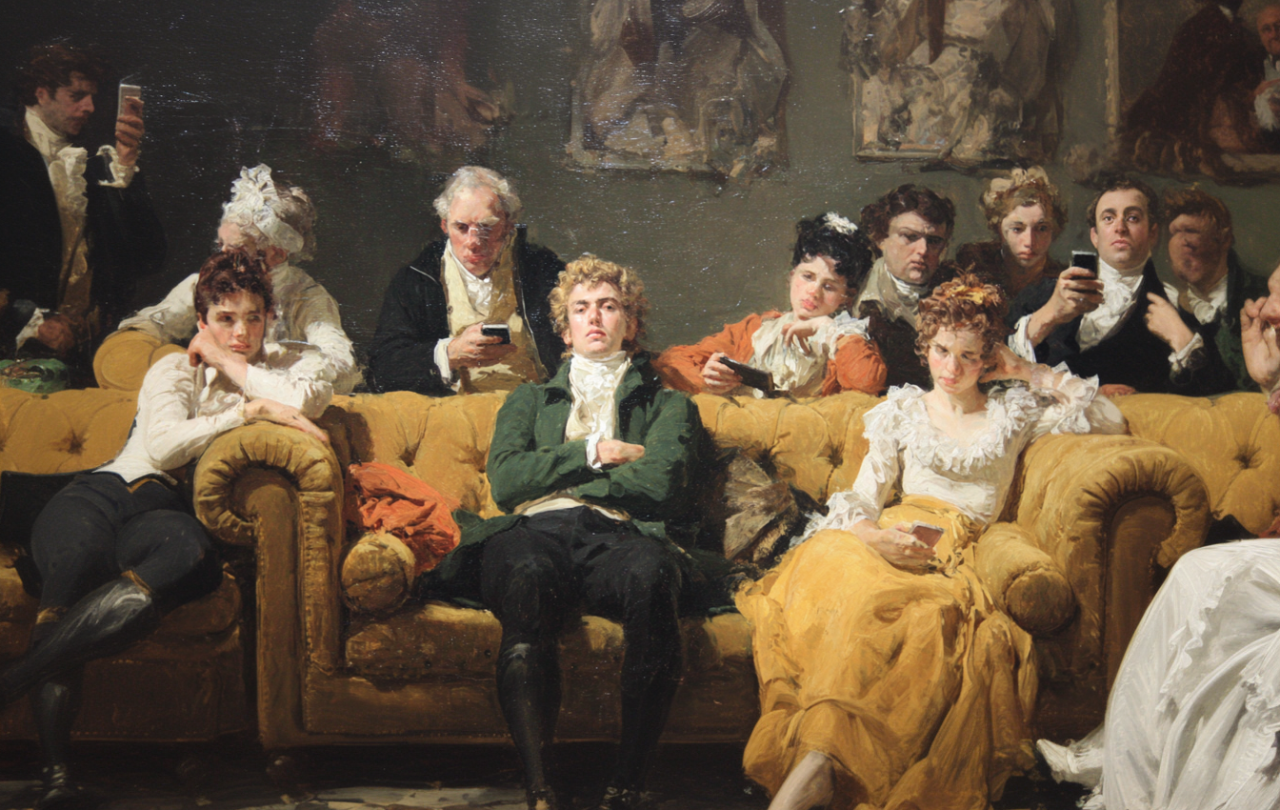Listen now
Read now
Iain McGilchrist is a psychiatrist and philosopher, and author of the books The Master And His Emissary and The Matter With Things.
Iain’s thesis on the left and right hemispheres of the brain has been highly influential. He believes ‘left hemispheric’ thinking has come to dominate much of modern culture in negative ways.
He speaks with Belle and Justin about whether we can we re-enchant our view of the world by re-engaging a ‘right hemispheric’ view of life, love and faith.
Visit Iain McGilchrist's web site.
There’s more to life than the world we can see. Re-Enchanting is a podcast from Seen & Unseen recorded at Lambeth Palace Library, the home of the Centre for Cultural Witness. Justin Brierley and Belle Tindall engage faith and spirituality with leading figures in science, history, politics, art and education. Can our culture be re-enchanted by the vision of Christianity?





